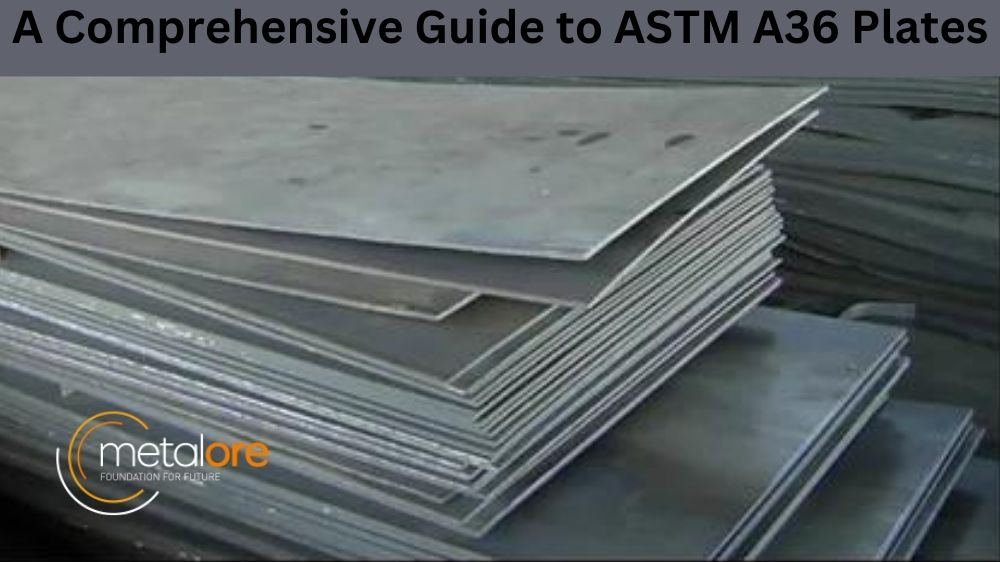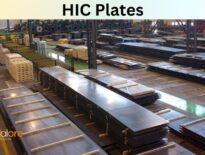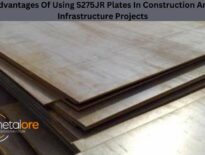ASTM A36 is a widely used material in construction industries. It is a carbon steel used in various applications, from buildings to bridges to machinery. The popularity of ASTM A36 Plates can be attributed to their excellent properties, including high strength, good ductility, and excellent weldability. This guide will break down everything you need to know about ASTM A36 plates.
What is ASTM A36 Plates?
ASTM A36 Plates is an economical structural grade steel plate used for various general construction and industrial applications. It is easy to weld, cut, form and machine with the proper can be readily welded using standard welding methods. It has a tensile range of 58-80 Ksi (400-550 Mpa) and a minimum yield strength range of 36Ksi (250 Mpa). It is widely used in structural applications like bridges, buildings, industrial structures, storage tanks and other applications requiring superior mechanical properties. ASTM A36 Plates also provide excellent corrosion resistance and are cost-effective, making them suitable for many industries.
Chemical Composition
ASTM A36 plates comprise carbon, manganese, phosphorus, sulfur silicon, and copper. These plates have a maximum carbon content of 0.25%, making them highly malleable, and have excellent welding properties. The manganese content ranges between 0.8% and 1.2%, enhancing the plates’ toughness and hardness.
Mechanical Properties
The mechanical properties of ASTM A36 plates are exceptional. The yield strength of these plates is 36 KSI, and the tensile strength is 58-80 KSI, making it a very strong material. Its elongation properties range between 20% and 23%, making it highly ductile. These mechanical properties make ASTM A36 material ideal for industrial applications.
Welding Properties
ASTM A36 plates have excellent welding properties, and they can be welded using several techniques, such as Gas Tungsten Arc Welding (GTAW), Gas Metal Arc Welding (GMAW), and Shielded Metal Arc Welding (SMAW). Among these techniques, GMAW is one of the most commonly used for welding ASTM A36 plates.
Applications
ASTM A36 plates have a wide range of applications across diverse industries. These plates can be used in the construction industry to build structures like buildings, bridges, and walkways. They can also be used in the automotive industry for manufacturing parts. Additionally, A36 plates are suitable for applications where high strength, structural integrity, and durability are required.
Plate Thickness
ASTM A36 plates come in various thicknesses ranging from 3/16 inches to 12 inches. The standard thicknesses available are 1/8 inches, 3/16 inches, ¼ inches, 3/8 inches, and ½ inches. The appropriate thickness required for your application depends on the load that it can carry. The thicker the plate, the more load it can take.
Conclusion
In conclusion, ASTM A36 plates are excellent for construction and industrial applications. The plates are made of carbon, manganese, phosphorus, and sulfur and have excellent mechanical properties, making them a perfect fit for various applications. They have good welding properties and come in different thicknesses, depending on the load they can carry. Before using ASTM A36 plates, you must follow the guidelines laid out by the manufacturer to ensure that they perform optimally in your specific application.



